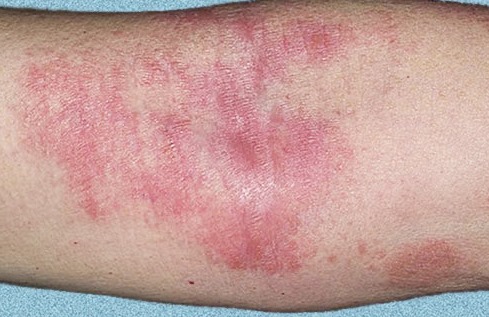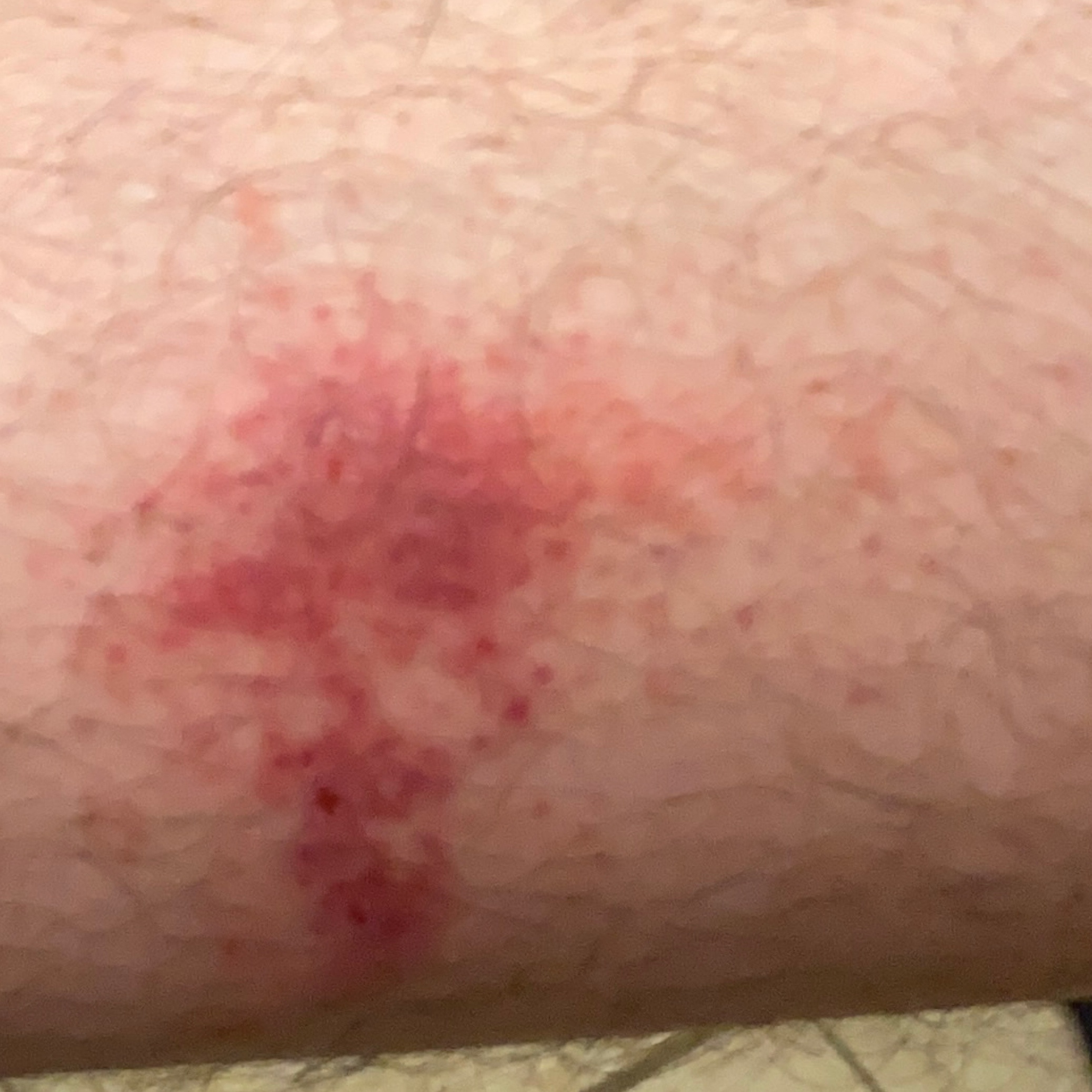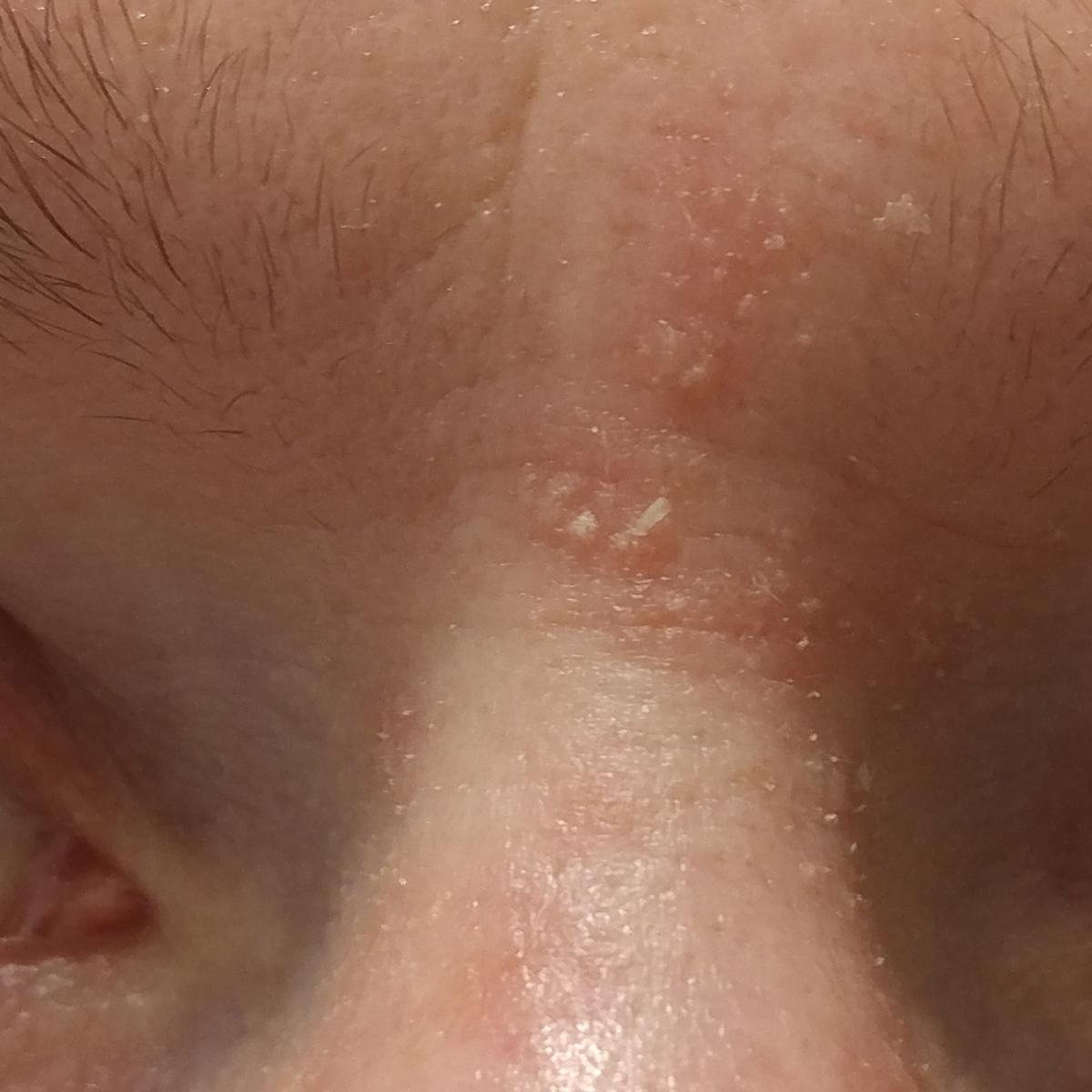Dermatitis is a broad term meaning inflammation of the skin. It can be caused by a variety of factors, including allergies, irritants, infections, or autoimmune diseases.
⚠️ Medium risk: Dermatitis is usually not dangerous but can cause discomfort, itching, redness and swelling. In severe cases or if untreated, it can lead to complications such as infections or scarring.
🚨 High risk: Atopic dermatitis has a chronic recurrent course, significantly impairs quality of life due to severe symptoms during periods of exacerbation and has a high risk of complications. In this regard, it is recommended to consult a dermatologist.
💊 Treatment: Treatment and diagnosis of dermatitis depends on the underlying cause and severity of symptoms. It is best to see a dermatologist for proper evaluation and treatment. Urgency varies depending on symptoms and individual differences.
💡 Skin Self-Exams tips: Skin self-examination rules for dermatitis include watching for any changes in the skin, such as redness, rashes, itching, or blisters. Do these examinations regularly, especially if you have a history of dermatitis or are prone to skin reactions. If you notice any changes or worsening symptoms, see your doctor immediately.
Learn more about dermatitis: types, causes, and treatments. Learn about the symptoms and how to effectively manage outbreaks. Learn how to soothe irritated skin and keep your skin looking healthy. Arm yourself with the knowledge to help you manage dermatitis.



